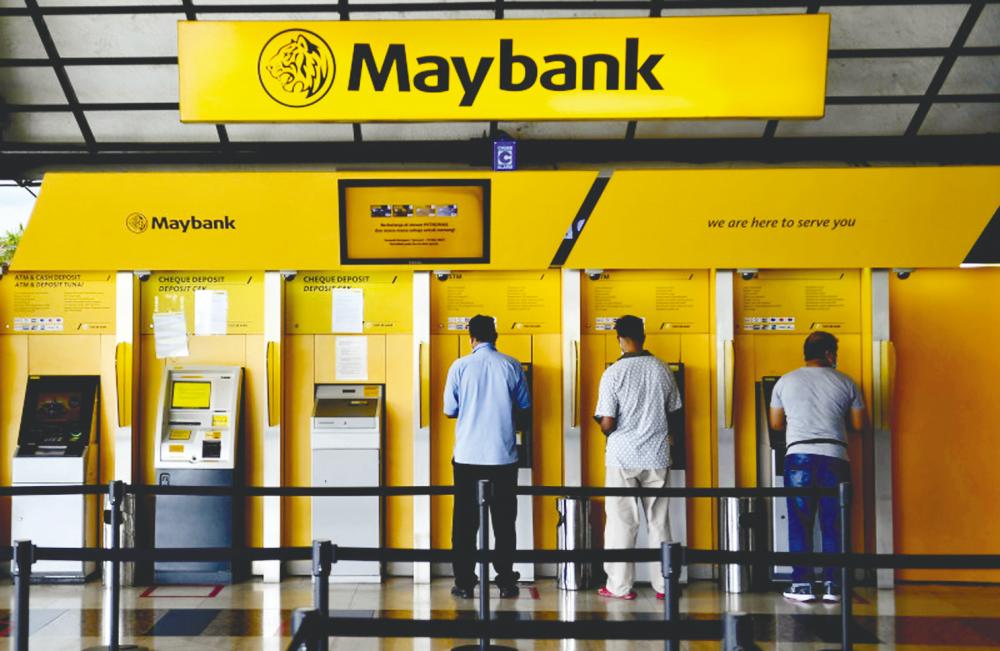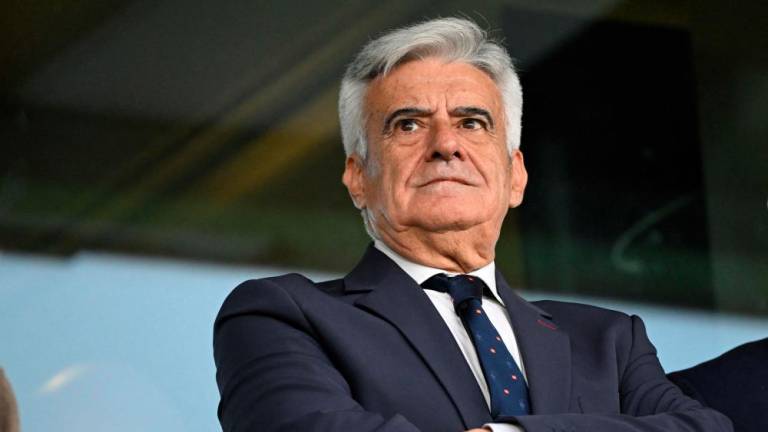PETALING JAYA: Malayan Banking Bhd (Maybank) has cited the imposition of the movement control order 3.0 (MCO 3.0) in affected areas to combat the rising number of Covid-19 infections as a factor for retaining the RM4.6 billion impaired loans provision made previously.
Its group president and CEO, Datuk Abdul Farid Alias, explained that the provision is to prepare the bank for the possibility that there will be impairment coming later into 2021. He pointed out that the level of provisions was heightened in 2020 compared with 2019.
In the US, the banking sector has started making reversals to their loan provisions against the Covid-19-induced downturn in the fourth quarter of last year as the world’s largest economy has managed to bring down Covid-19 cases, supported by the vaccine rollout.
“We did not make such a reversal because, to us, the macroeconomic variables have to be sustainable before we reverse any of the outlook that we have. From that perspective, the MCO that we’re seeing right now is consistent with what we have anticipated last year,” Farid said when briefing the media after the group’s AGM today.
On this subject, Maybank CFO Datuk Amirul Feisal Wan Zahir has guided net credit charges of 70-80 basis points for such provisioning.
“That basically takes into consideration the uneven recovery of the economy through the pandemic which would include further imposition of the MCO such as this one,” he said.
At the briefing, the bank announced that it will not embark on new coal financing. It has made a commitment that there will be no peat and no deforestation financing in the future, which is not only limited to the palm oil industry but also others that fit the criteria.
“For existing clients that are already operating in this space, we will work with them to transition, to diversify their fuel sources and to achieve carbon neutrality,” said Farid.
Currently, coal financing represents only 0.2% of the bank’s portfolio.
With the changes in the banking landscape, he opined that branches will remain a relevant channel for banks to engage with their customers but there will be changes in the way banks are designed, structured and whom they serve. Farid pointed out these changes will only take place in the next couple of years, depending on the structure of the economy where the branch is located.
“We may increase the number of branches instead of reducing the number of branches, but what is certain for us is that the type of services offered at the branch will go higher and employees will have to be retrained to serve this type of customers.”
For its next five-year plan, Maybank has its sights on achieving an aspirational return on equity of between 13% and15%, a cost-to-income ratio of below 45%, earnings per share of more than 100 sen and delivering a dividend payout ratio of between 40% and 60% on a net cash basis by 2025.










